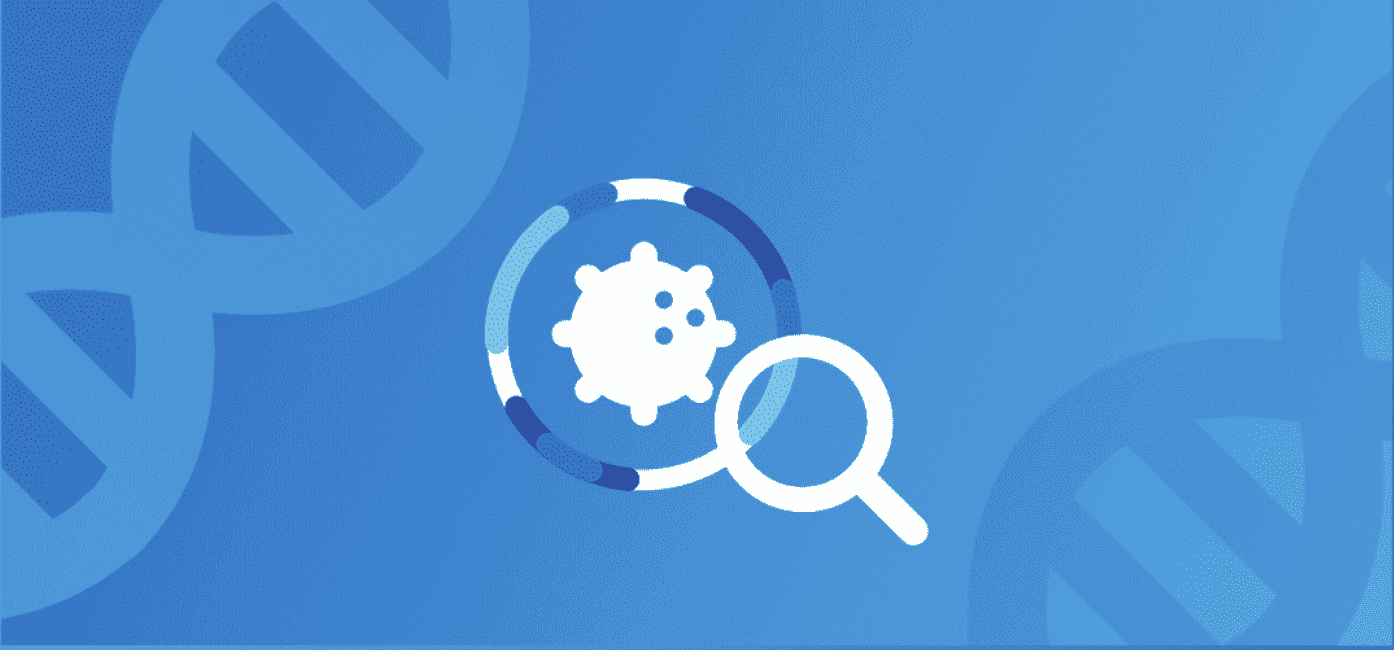In early March 2020, the World Health Organization declared we were in the middle of a worldwide pandemic. Three years later, and few things are left untouched by the COVID-19 virus. Almost seven million people worldwide have died, and untold millions are still struggling with long COVID. Yet, looking at all that has happened and continues to transpire, there is much to glean from this experience.

Others are looking at the public health response, public policy, questions about the virus’s origin and other issues that are very important. But we here at 23andMe want to look at the science, or at least what we learned through our ongoing research of COVID-19.
The COVID-19 Study
So, how has 23andMe contributed to COVID-19 research?
When the pandemic emerged, our scientists, like others worldwide, asked what we could do to help. 23andMe has a research platform that leverages one of the largest genetic and phenotypic databases of consented research participants to generate genetic insights at unprecedented speed. So back in March 2020, we decided to leverage this tool to learn as much as possible about the virus and share it as rapidly as possible with others. That’s how we began our COVID-19 study.
We launched in March 2020, asking our customers who have consented to participate in research about their own experience with the virus. In a matter of a few months, we had more than 1.2 million people participating in our study, and we were able to generate a host of insights. By June, we shared our first finding — that blood type could play a role in the susceptibility of the virus. In addition, we identified a locus on chromosome 3 that could influence the severity in symptoms among those who get it.
In less than 90 days, we were able to analyze results and share them with other scientists, offering insights into the nature of the virus and why some people may be more susceptible or have a more severe reaction than others. We published the findings on a preprint server in September and later in Nature Genetics.

Taste, Smell, Anxiety, and Sleep
We found other genetic insights, including genetic associations with the loss of smell and taste, a common symptom among those with the virus. This information could indicate how the coronavirus SARS-CoV-2 enters the body and accumulates in the olfactory cells of those infected.
23andMe scientists also looked at vaccine reactions. We learned that the second in the two-dose Moderna vaccine produced the strongest response, and we found that younger people and women tended to have a stronger reaction to the vaccine.
We also garnered insight into the vaccine’s impact on underrepresented populations. Because 23andMe has so many individuals from traditionally underrepresented populations, our scientists were able to look at how the virus impacted people of different ethnicities.
We did other non-genetic studies looking more broadly at how the pandemic, social distancing guidelines, and other public health responses were impacting people’s sleep and activity levels.
Long COVID
More recently, we’ve looked at how depression and anxiety significantly increase the risk for Long COVID. Ours was one of the largest studies of long COVID at the time and confirmed that long COVID disproportionately impacts women.
In three years, we learned a lot. But we still need to learn more, particularly about the long-term implications of having had the virus, and long COVID itself.
We’re now focused on long COVID, trying to understand why it impacts women more than men. We’re also looking at an apparent association with cardiometabolic diseases, such as high blood pressure, coronary artery disease, type 2 diabetes, and high cholesterol.
As new insights into COVID-19 arise, we’ll be sure to share them.




